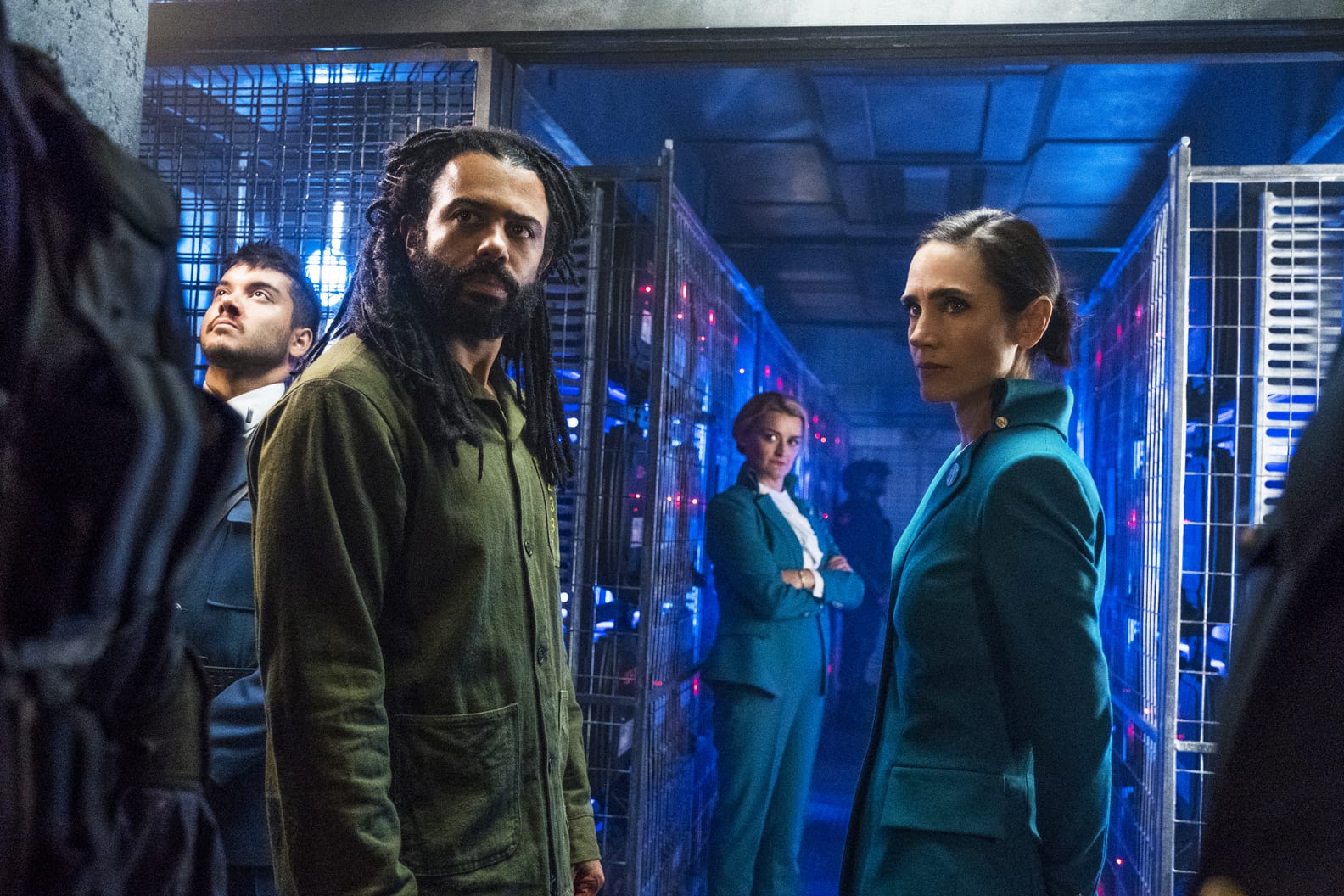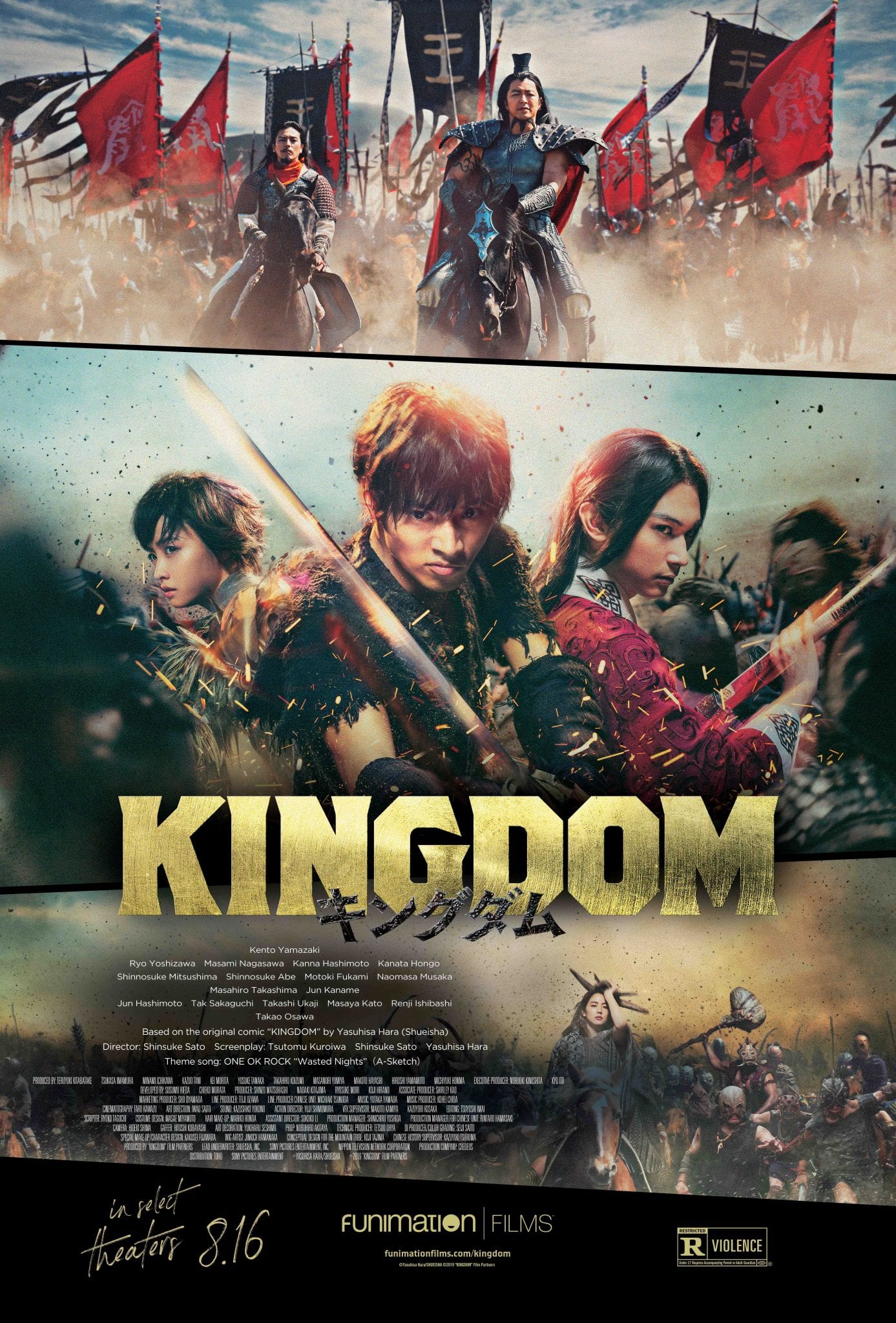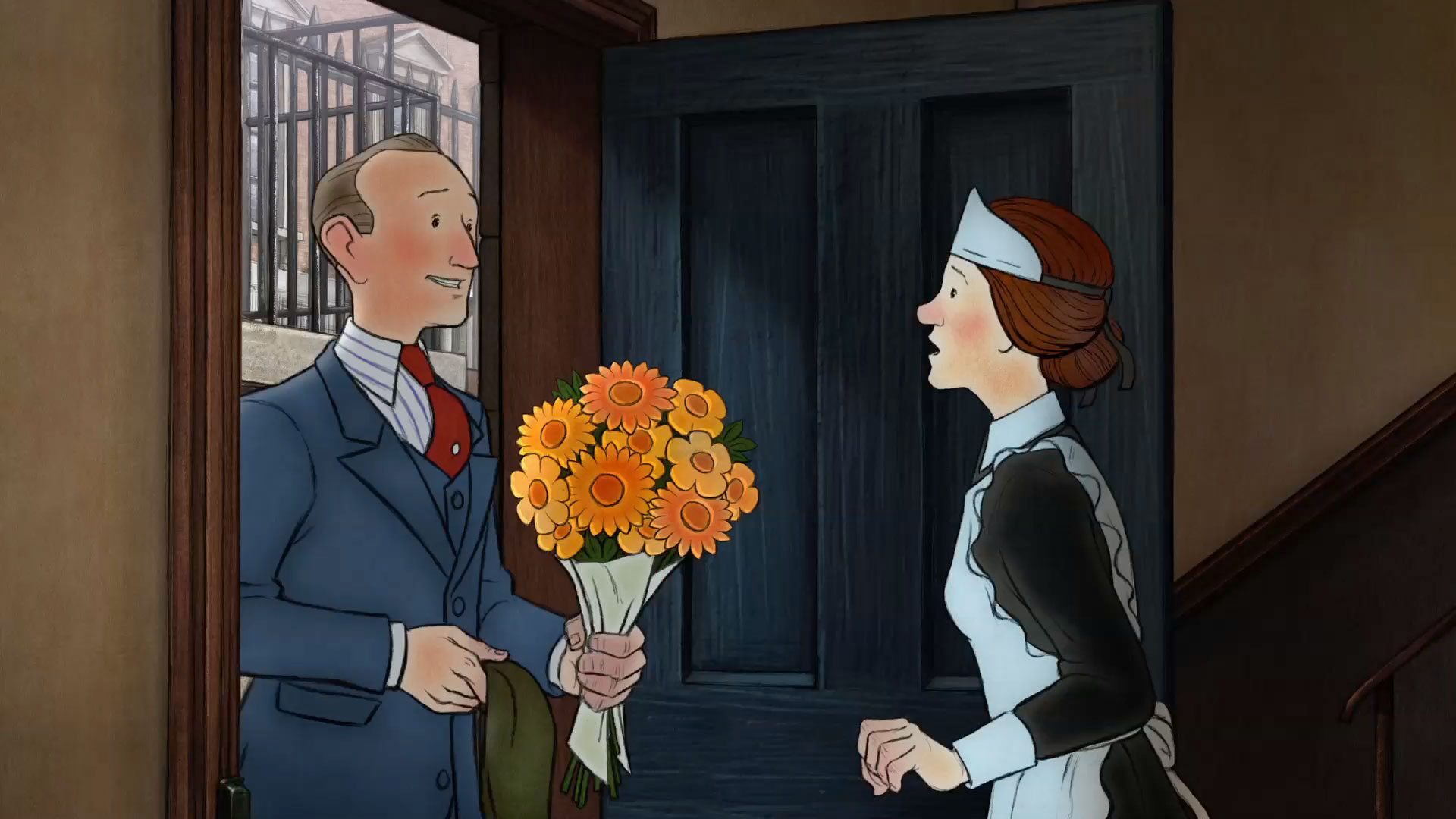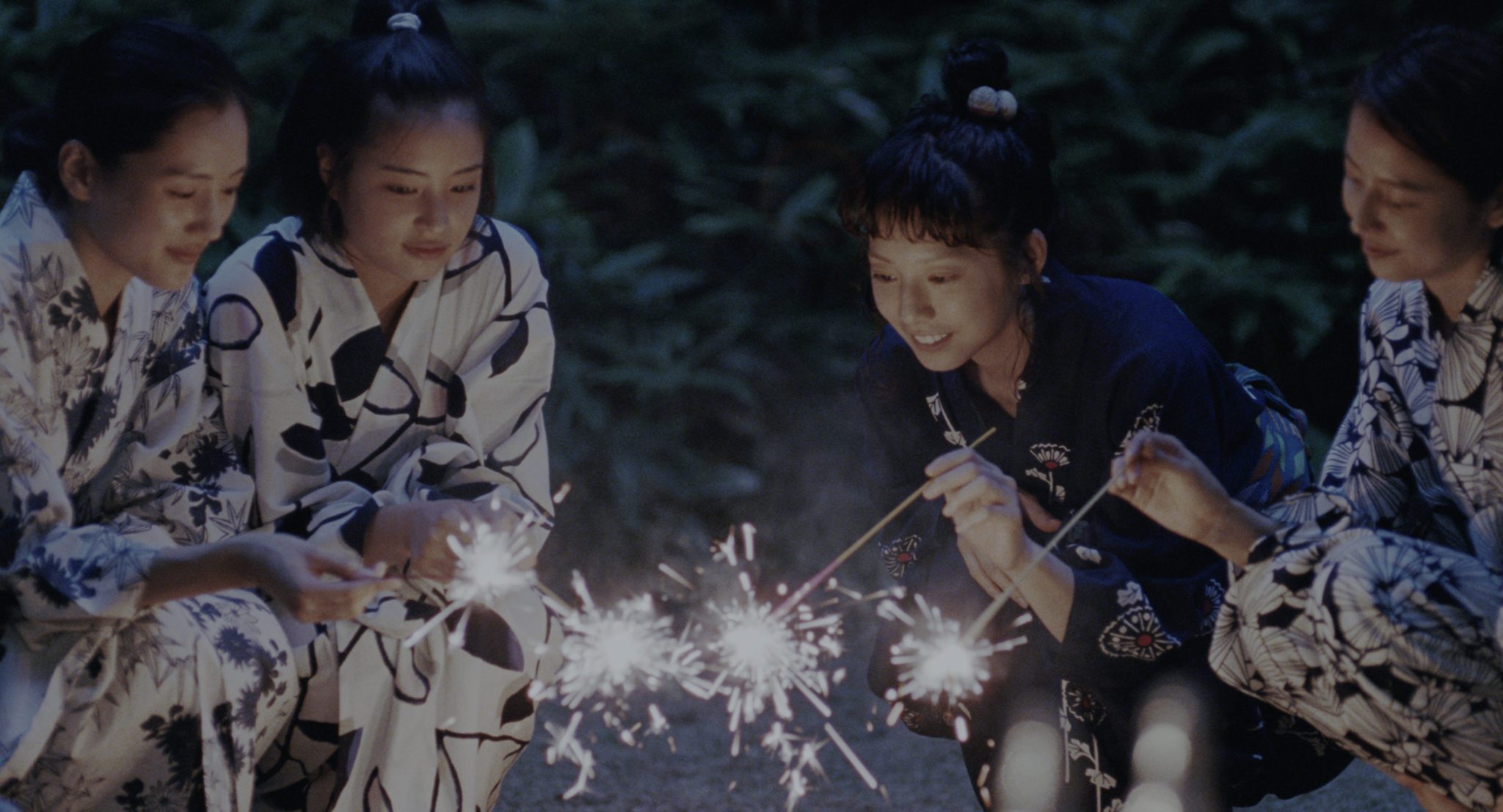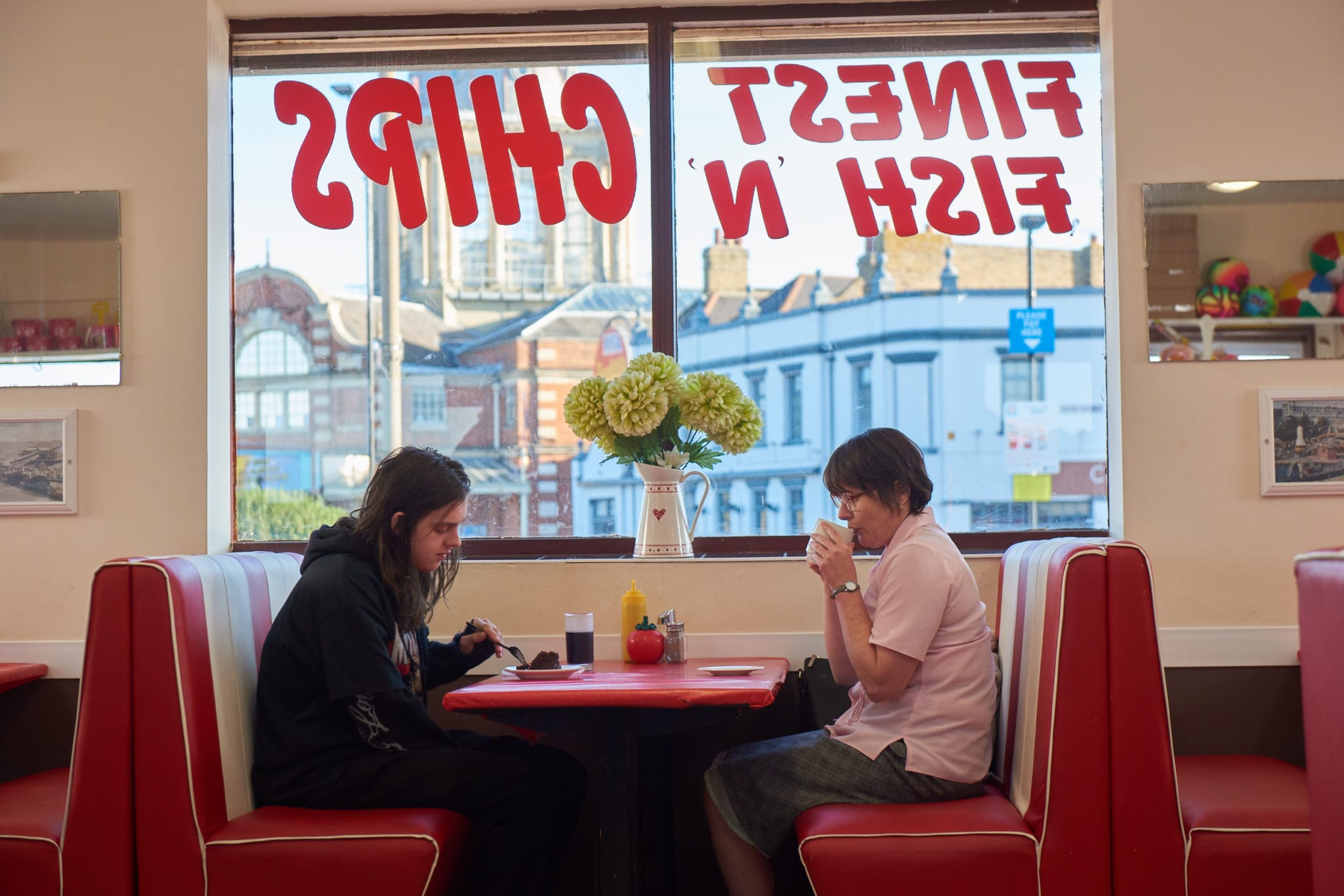
Days of the Bagnold Summer – Nothing Important, Just Life
For most of us life isn?t like the movies. We seem to go day by day without a great deal of drama. And yet those days that seem so ordinary are what life is made of. Days of the Bagnold Summer, directed by Simon Bird, is that kind of movie. The drama and the comedy…

